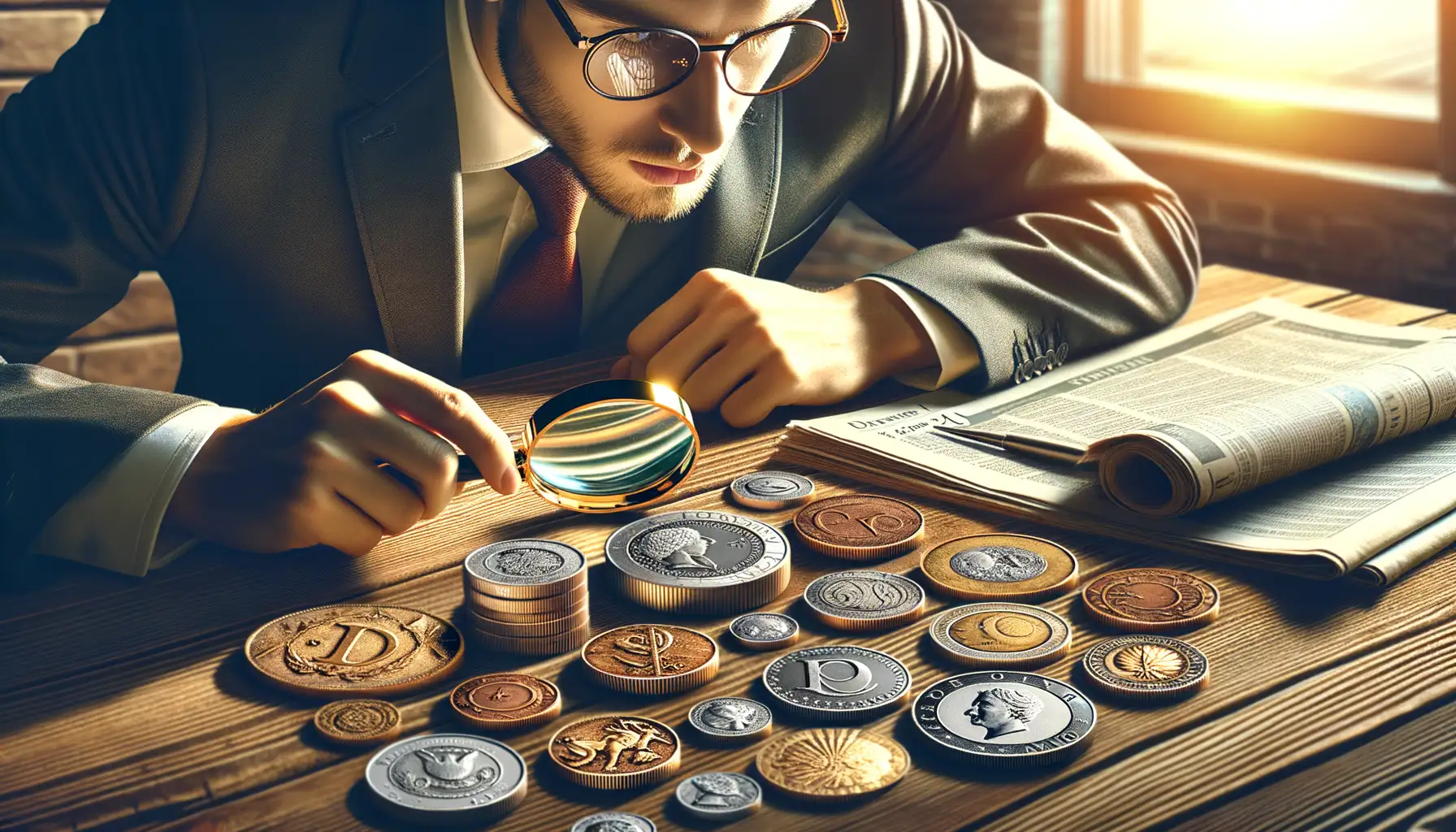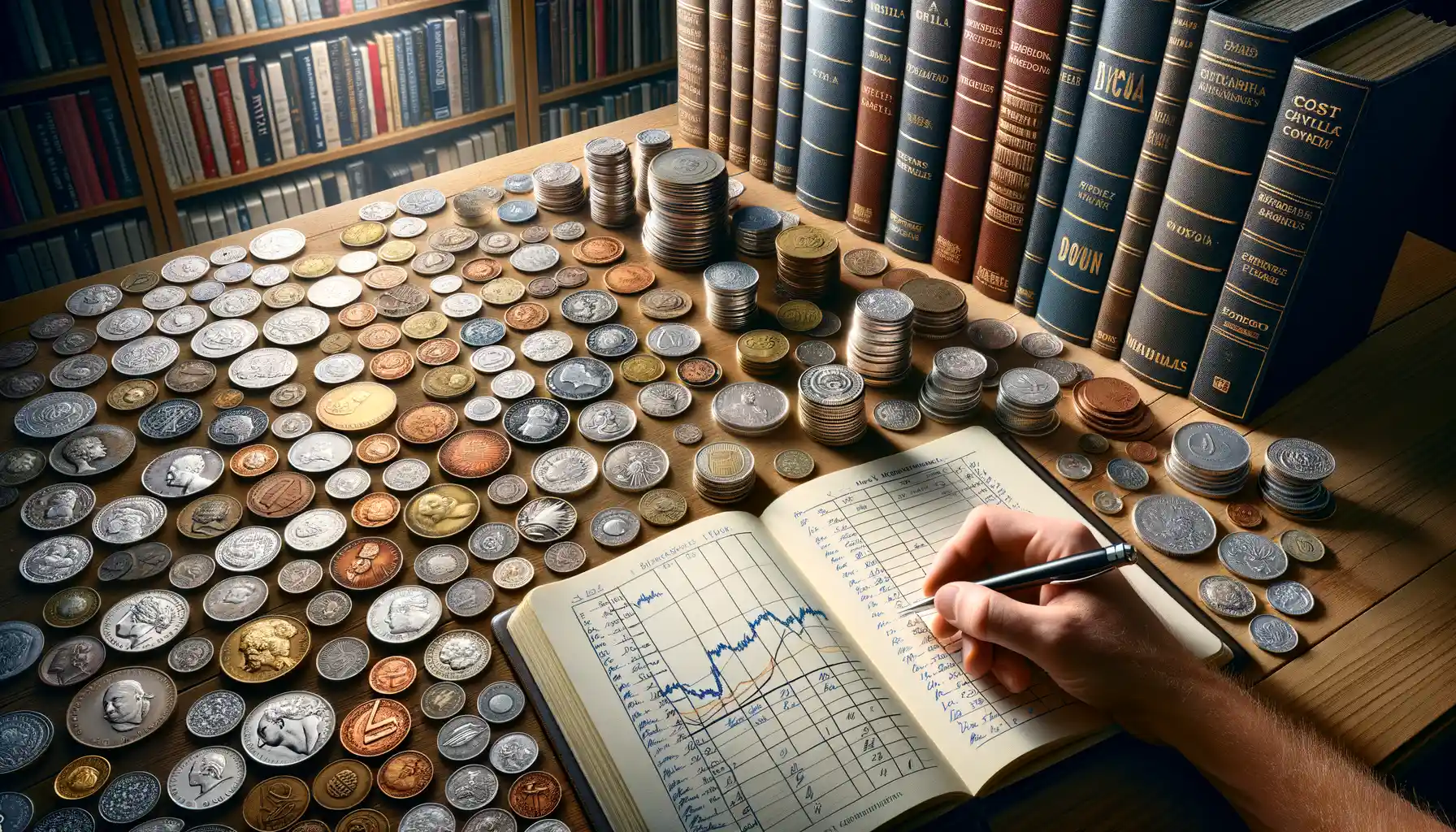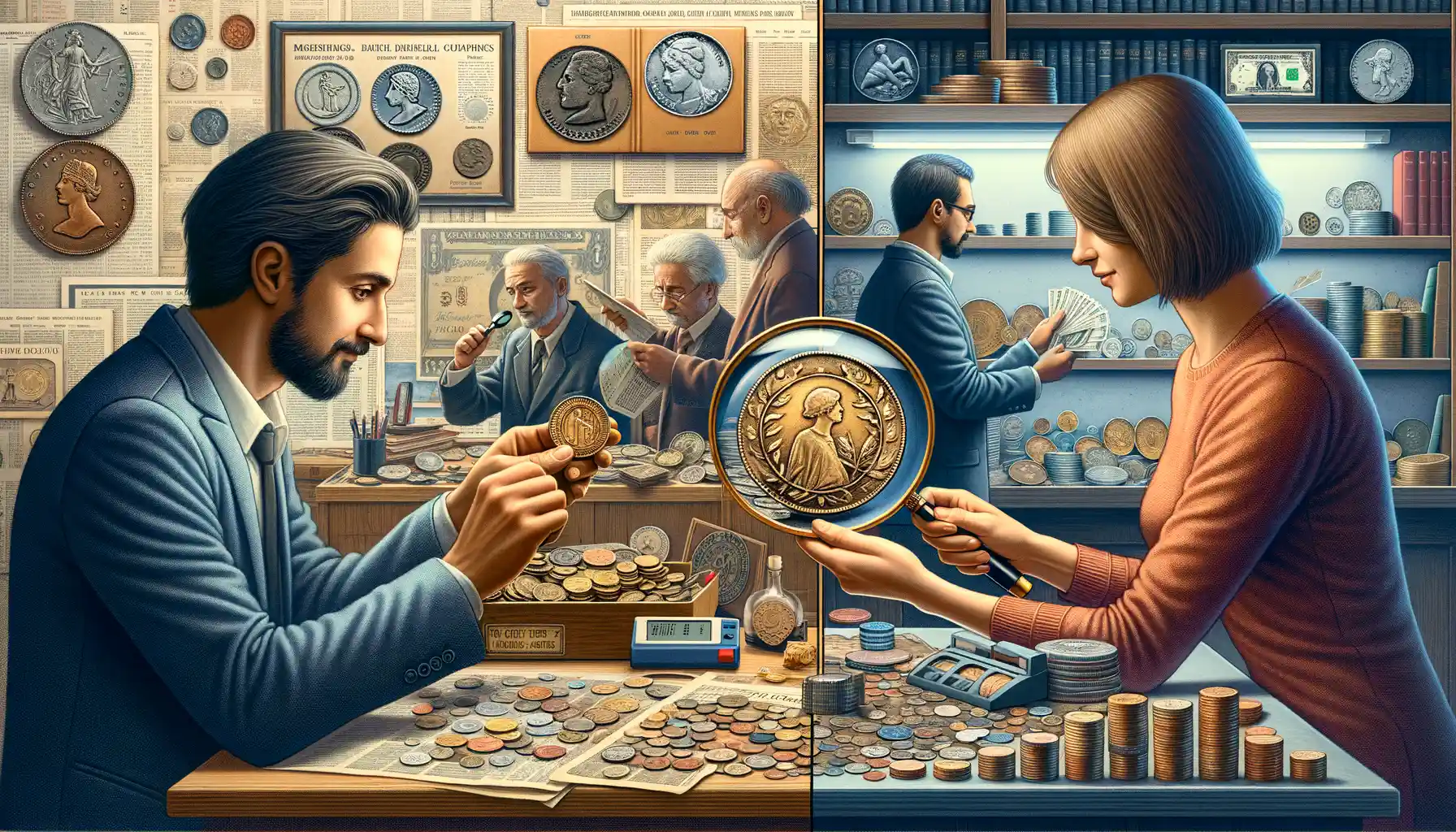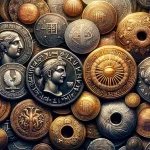Understanding the Basics of Coin Investing
What Makes Coin Investing So Unique?
If you’ve ever held an old coin in your hand, you know there’s something magical about it—it’s like grasping a small piece of history. Investing in coins isn’t just about numbers or cold calculations; it’s a chance to merge passion with profit. Coins are far more than shiny discs—they’re stories imprinted in metal. From the gleaming faces of ancient emperors to the intricate designs of rare modern mintings, they carry emotional and cultural weight that stocks simply can’t replicate.
What makes coin investing unique? For one, their value often extends beyond their material worth. Some coins are treasured for their rarity or the historical moments they represent. Others, like certain gold and silver coins, become anchors of stability during economic storms. When markets sway like tall grass in the wind, coins can offer a solid foundation—a reliable hedge in uncertain times.
Still, this isn’t a game of luck or casual collecting. It requires knowledge. Knowing why a 1909-S VDB Lincoln penny could command thousands while a shiny new coin might be worth its exact face value is the key to unlocking this fascinating world.
Key Pillars Every New Coin Investor Should Know
Feeling overwhelmed by where to start? Don’t worry—just focus on these key pillars to build a sturdy foundation:
- Type of coins: Are you interested in bullion coins like Gold Eagles for their intrinsic value, or numismatic coins that hold historical or collector significance?
- Rarity and grading: A coin’s scarcity and condition (graded by rating systems like MS-65) are critical factors in determining its worth.
- Market trends: Watch how precious metal prices and collector demand fluctuate over time.
Jumping into coin investing doesn’t require a huge fortune—you can begin small, with silver coins or affordable proofs. What matters most is patience. Like planting a tree, nurturing a coin collection for investment takes time, but the rewards can grow beautifully if done wisely. It’s all about balancing your head, your heart, and your wallet.
How to Evaluate Coins for Investment

What Makes a Coin Truly Valuable?
When evaluating coins for investment, it’s not just about shiny metal or eye-catching designs. The true value of a coin lies in three key factors: rarity, condition, and demand. Picture this—finding a rare coin feels like uncovering treasure from a pirate’s chest. Scarcity fuels its worth. For instance, a coin minted during a brief historical window or with a production error can become a collector’s obsession.
Condition, often referred to as a coin’s “grade,” matters immensely. A pristine coin, untouched by time, is like an unblemished jewel—it glimmers in a class of its own. Professionals utilize the Sheldon Coin Grading Scale, ranging from 1 (poor) to 70 (perfect). Hunting for well-preserved coins pays off.
Lastly, never underestimate demand. A coin nobody wants will gather dust, not profits. But one tied to a fascinating story—like the 1933 Saint-Gaudens Double Eagle—carries an irresistible charm for investors.
The Checklist Every Coin Investor Needs
Before jumping in, ask yourself these questions:
- Is the coin certified by reputable graders like PCGS or NGC? Certification ensures authenticity and grade.
- What’s its composition? Gold and silver coins often hold intrinsic value beyond their numismatic appeal.
- Is there a strong collector market? Popular themes, such as ancient Roman coins or U.S. commemorative issues, tend to attract steady interest.
Think of evaluating coins like detective work—you follow the clues, piece together the story, and determine if the prize is worth the pursuit.
Advantages and Risks of Coin Investments

Why Coin Investments Can Feel Like Striking Gold
Investing in coins has an irresistible allure—it’s not just about numbers on a screen or stock charts; it’s the thrill of holding history in your hands. Coins combine financial value with intrinsic beauty and heritage, offering a unique way to grow wealth while connecting to the past. Imagine owning a Roman denarius or a 19th-century gold sovereign—these aren’t just investments, they’re tangible pieces of time.
But here’s why seasoned investors are drawn to this tangible treasure:
- Stability during volatile times: Precious metals like gold and silver coins often retain value when markets crash.
- Rarity equals potential: Unlike stocks, rare coins derive value from scarcity as well as demand, offering a dual growth prospect.
- A collector’s dream: The emotional satisfaction of building a collection adds another layer of value beyond money.
The Risks That Might Tarnish the Shine
Of course, every coin has two sides. While the rewards can be dazzling, you’d better watch for these pitfalls:
1. Coins can be complicated. Without thorough knowledge, you might overpay or invest in fake or over-graded coins.
2. The precious metals market fluctuates. A shiny gold coin today may dim tomorrow if commodity prices drop.
3. Liquidity isn’t guaranteed. Rare coins can take time to find the right buyer, unlike stocks you can sell instantly.
Approaching coin investing without preparation can be like navigating a treasure map without a compass. You risk getting lost in the hype and missing hidden traps. But for those who do their homework? Oh, what treasures might await!
Best Practices for Building a Coin Portfolio

Starting Your Coin Portfolio Journey the Right Way
Building a coin portfolio isn’t just about tossing random coins into a safe and crossing your fingers. Think of it like painting a masterpiece—you need the right mix of colors, textures, and careful strokes to create something truly valuable.
First, define your goals. Are you after historical treasures like Roman-era coins, or do you dream of scooping up sleek modern bullion coins like the American Gold Eagle? Knowing your direction keeps you from wandering aimlessly in the vast world of coins.
Second, diversify with purpose:
- Precious metals: Gold and silver coins offer stability—your financial safety net.
- Historical collectibles: Rarer coins can add some adrenaline to your investments.
- Modern releases: Limited-edition mints often skyrocket in value over time.
Remember the Golden Rules of Coin Collecting
Quality beats quantity every time. A pristine mint-state Morgan Silver Dollar will likely outrun a handful of worn pennies in value. When in doubt, always prioritize condition over volume.
Also, don’t underestimate the power of research. Before buying, dive into auction records, learn grading systems, and read expert takes. That shiny “deal of the century” could be fool’s gold in disguise!
Tips for Buying and Selling Coins

Finding Hidden Gems in the Coin Market
Buying coins can feel like a treasure hunt—it’s thrilling, but also easy to get lost without a proper map. Start by researching what truly excites you: are you drawn to vintage coins with stories etched on their surfaces or modern, limited-edition releases? Whatever your passion, make sure you always consult reliable sources, like the Professional Coin Grading Service (PCGS) or Numismatic Guaranty Company (NGC), to verify authenticity and value.
When scouting coins, remember that a stunning shine doesn’t always mean worth. Look beyond the surface—literally—and consider factors like rarity, condition, and demand. And don’t rush! It’s easy to overpay when emotions run high. Buy from trusted dealers, auction houses, or marketplaces like Heritage Auctions and avoid questionable “too-good-to-be-true” offers online.
- Set a budget and stick to it—coin fever is real!
- Negotiate politely; seasoned sellers often expect it.
- Avoid impulse buys; sleep on big decisions.
Making the Most of Selling Coins
On the flip side, selling coins is like sharing a piece of history. Your goal? Find the right audience. To get started, have your collection appraised by a professional—you might be sitting on a hidden jackpot! Platforms such as eBay, numismatic forums, or local coin shows can be a goldmine for connecting with interested buyers.
Presentation matters in this game. High-quality photos showing every angle of your coin can make all the difference. Write detailed descriptions, noting details like the coin’s grade, year, mint mark, and unique features. Buyers love transparency, so tackle potential questions upfront.
And let’s not forget timing! Just as markets shift, so too does the demand for certain coins. Monitor trends and sell when interest peaks—like auctioning that rare silver dollar when precious metal prices soar!





